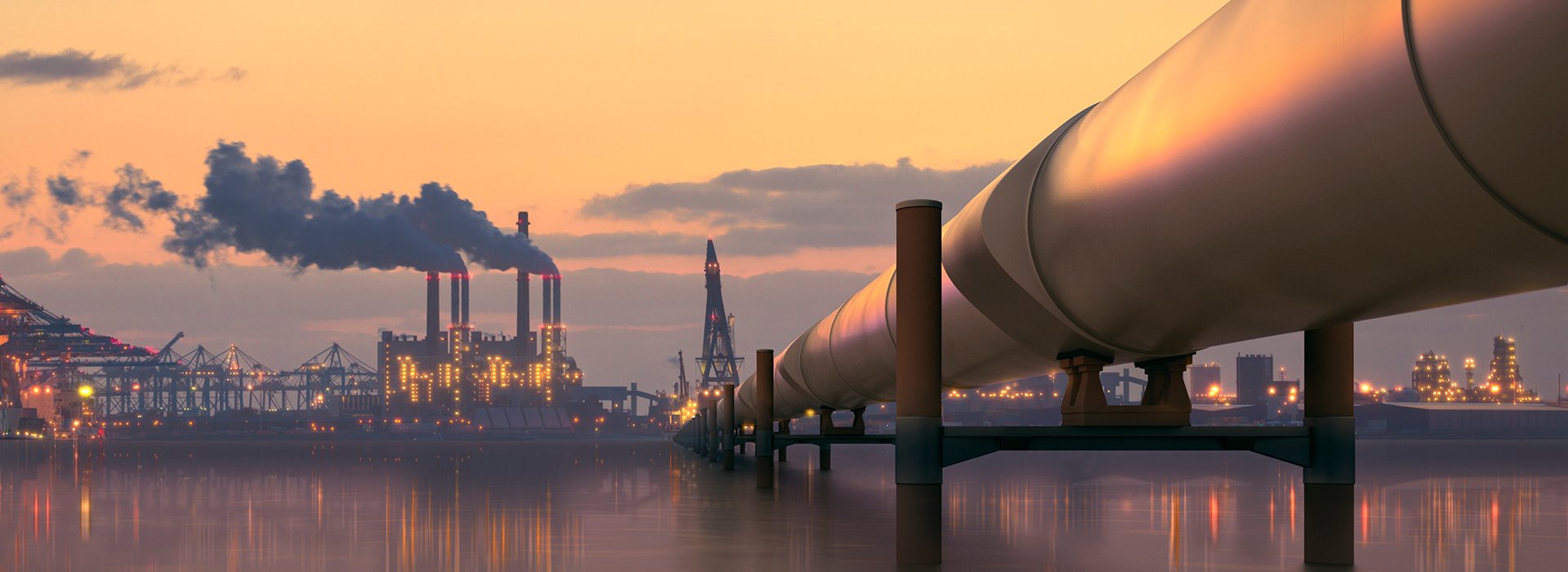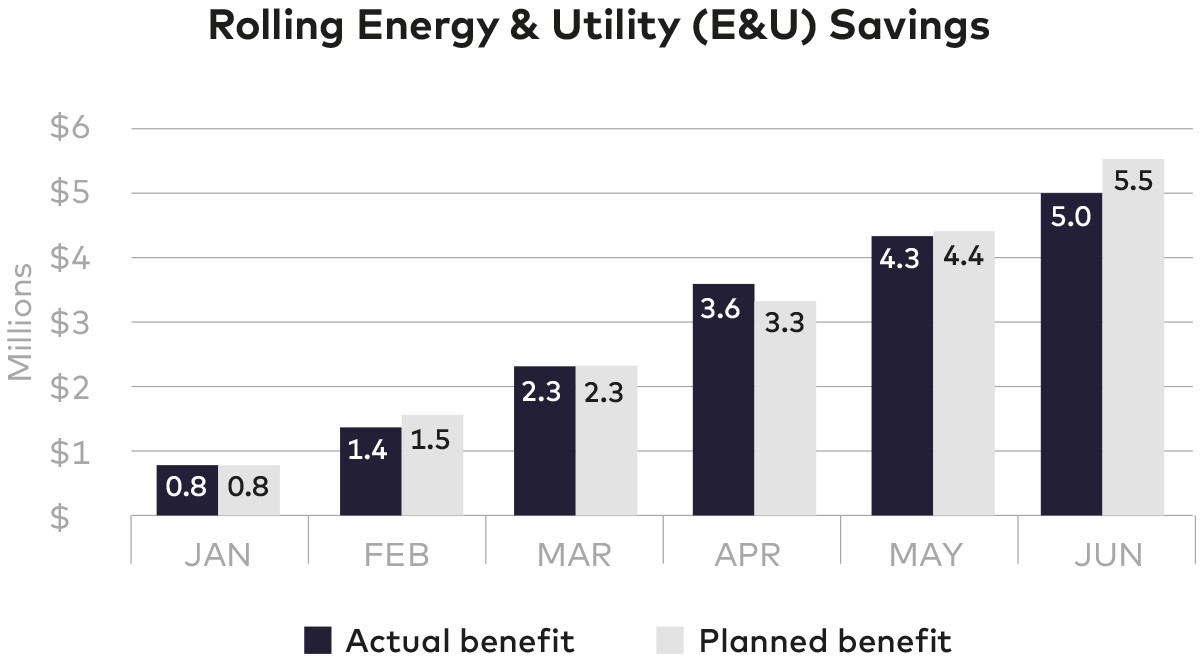Enhancing Energy Management Practices Using a Continual Improvement Process
Our client in the Middle East is a global energy and chemicals company operating in more than 16 countries around the world. Their downstream business had insufficient visibility of energy and utility (E&U) losses across its three oil refineries, three power plants, and one petrochemical plant. They partnered with dss+ to enhance their energy management practices and reduce energy cost, as part of an extensive “Lean Transformation” programme.

Challenge
Our client, a global player in the energy sector, had insufficient visibility of energy and utility (E&U) losses across its 7 downstream assets. They partnered with dss+ to enhance their energy management practices and reduce energy cost through a lean transformation programme.
Methods, Procedures and Process
An approach was taken to achieve loss reduction via new tools and business processes for continual improvement. This comprised the following activities:
- Quantify the assets’ full potential, by conducting a comprehensive diagnostic to identify and prioritise improvement opportunities.
- Develop an energy and utility loss accounting tool tailored for each plant area, to ensure real-time loss categorisation (or “cause coding”) and improve short-interval control.
- Build KPI dashboards and implement a new performance management process, to provide visibility and context on various E&U losses, bad actors, and the financial impact per associated loss category.
- Create and deploy a “Lean” management process, covering idea generation, charter design and governance process, to trigger and manage a pipeline of non-capex improvement initiatives, such as:
- Fuel efficiency of fired heaters
- Steam efficiency of distillation and stripping
- Increased utilisation of gas turbines
- Reduced steam venting
- Seasonal tariff-based power import
- Leak fixes and valve repairs
- Instrumentation improvements
- Reinforce a continual improvement culture within the workforce and management team, by providing training and coaching on relevant tools and methodologies to accelerate and sustain the delivery of improvement initiatives.
Results, Observations and Conclusions
During implementation, there was a strong focus on cost reduction to remain competitive in the underperforming energy market. After running the new system and practices for 1.5 years, the E&U pipeline reached an annualised value of $30M. Within 6 months of 2021, one-third of the pipeline was already secured, realising $5M in savings ($10M if annualised).

Within 6 months of 2021, one-third of the energy and utility pipeline was already secured, realising $5M in savings
To maximise benefits from the programme, the team looked holistically at plant performance. All the levers that significantly impacted the efficiency of E&U generation and consumption were identified and assessed with extensive data analysis for potential improvement opportunities. More than 40 improvement opportunities were identified, prioritised, and assigned, based on available resources and potential benefit. When implementing the selected initiatives, relevant Subject Matter Experts were involved to contribute technical perspectives and to ensure that the initiatives’ scope and objectives were sound and met. One critical initiative was to implement an integrated Production & Energy Loss Accounting (PELA) System with a supporting Management Operating System.
More than 40 improvement opportunities were identified, prioritised, and assigned, based on available resources and potential benefit. Subject matter experts contributed technical perspectives during implementation to ensure that the scope and objectives were met.
Across the organisation, key staff were identified, trained, and coached on continual improvement methodologies and the new PELA system, to ensure sustainability of the program. This included more than 250 Shift Supervisors and Engineers. Frontline shift staff were empowered to reduce E&U losses whenever they notice deviations through the PELA system: improved short-interval control.
More than 250 shift supervisors and engineers were trained on the Production and Energy Loss Accounting (PELA) system to ensure continual improvement and ensure sustainability of the programme
Finally, a new weekly PELA Meeting was instated and integrated within the Management Operating System (MOS). At these meetings, PELA data – including cause coding – coming from the shifts is analysed and visualised in dashboards to identify emerging trends and initiate corrective actions.
Novel/Additive Information
When embarking on an energy improvement program, it can be tempting to identify a few quick wins and drive their implementation to achieve some results within a few months. As our experience with this and other clients in the Oil & Gas sector, we know that this alone does not guarantee that the improvements are sustained or will remain effective under everchanging market and process conditions.
Embedding a continual-improvement culture and work processes throughout the organisation, empowering the team to manage energy during day-to-day operations, and having an integrated energy & utility loss accounting system in place will help organisations achieve sustainable results.
Embedding a continual-improvement culture and work processes throughout the organisation, empowering the team to manage energy during day-to-day operations, and having an integrated energy & utility loss accounting system in place will help organisations with an ever-growing energy improvement pipeline in response to dynamic circumstances to properly achieve sustainable results.